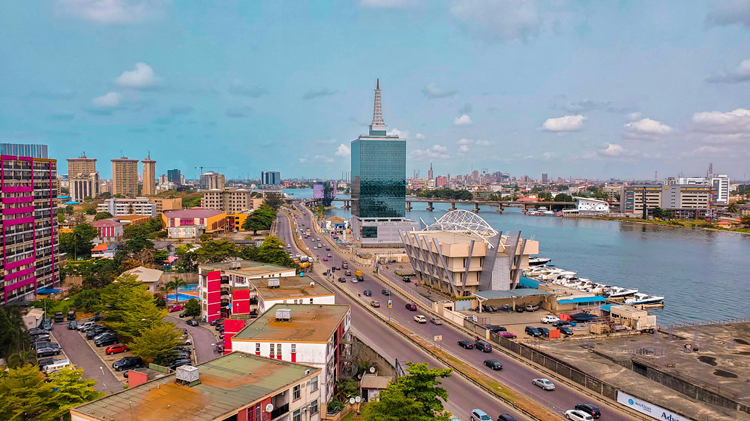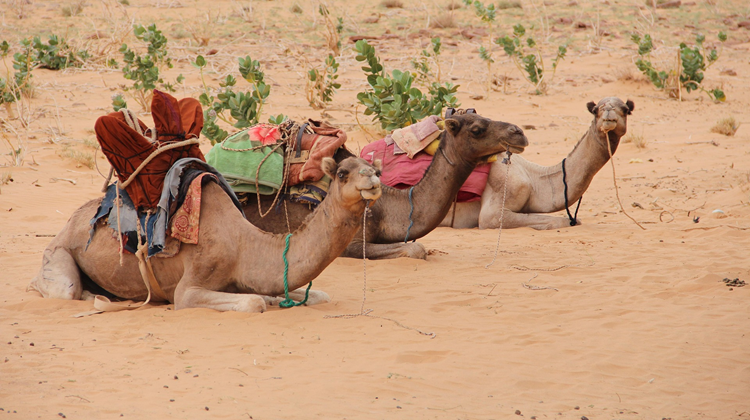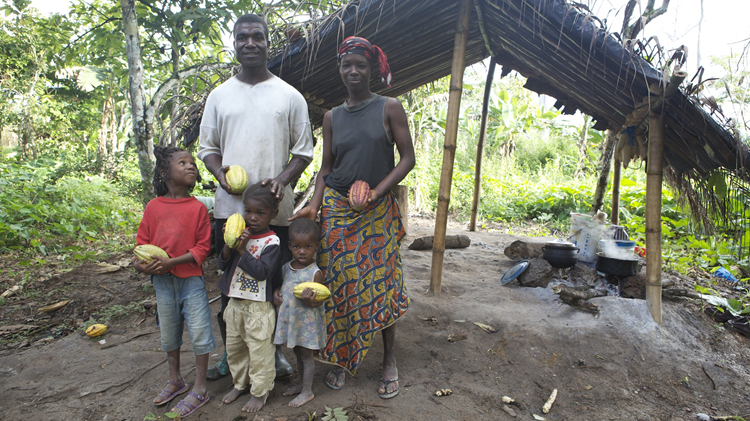The cost of coercive stability for Tanzania

As political repression deepens, Tanzania risks trading long-term development for short-term control.
Political tensions surrounding Tanzania’s recent election have cast doubt on the country’s stability. This marks a stark departure for a country once celebrated as a regional anchor of stability and a driving force behind African liberation movements.
The disputed general election of 29 October, in which incumbent President Samia Suluhu Hassan was declared the winner with nearly 98% of the vote following an opposition boycott, has triggered widespread protests and a harsh security crackdown. Reports indicate that hundreds of people have been killed as security forces used live ammunition to suppress demonstrations, while a nationwide internet shutdown sought to stifle dissent. The result is a deepening governance legitimacy crisis, casting a long shadow over Tanzania’s social stability, investor confidence, and development prospects. This crisis exposes the fragile foundation of Tanzania’s “managed stability”: a model that prizes control over accountability, and order over openness.
The recent election crisis exposed the fragile foundation of Tanzania’s managed stability
The African Futures & Innovation programme at the Institute for Security Studies has just released its updated Tanzania Report, a timely assessment of the country’s long-term development prospects. The analysis finds that, across all sectoral scenarios, improvements in the Governance scenario have the greatest influence on development outcomes. It delivers the largest potential reductions in poverty and the most significant income gains by 2043. As the dust settles on the election crisis, the study’s long-term insights offer a powerful lens for understanding the deeper structural risks—and the urgent policy choices now facing Tanzania.
Beneath the political turmoil lies an economy that has grown impressively on paper but delivered unevenly in practice, widening the gap between national progress and everyday livelihoods.
Tanzania’s economy has expanded rapidly, averaging around 6% annual growth over the past two decades. GDP tripled between 2004 and 2023, reaching US$69.5 billion. However, growth has not translated into equivalent gains in individual incomes, ranking 31st on the continent in terms of GDP per capita, which remained low at US$2 582 in 2023, among the lowest in Africa’s lower-middle-income group.
Poverty remains widespread despite Tanzania’s strong growth trajectory. At the lower-middle-income poverty line of US$3.65, almost 71% of Tanzanians (roughly 47.5 million) lived in poverty in 2023. The persistence of mass poverty amid economic expansion points to a deeper governance gap: growth has not been channelled into inclusive opportunity.
Tanzania also has the second-largest informal sector in Africa, which accounted for 46% of GDP and 76% of employment in 2023. This vast informal economy constrains productivity, narrows the tax base and limits the government’s fiscal capacity—a core governance challenge the report identifies. This entrenched informality reflects a state that prioritises compliance over productivity, a symptom of control without capacity. Without progress in formalising work and broadening the revenue base, Tanzania’s ability to invest in social services, infrastructure and industrialisation will remain constrained, reinforcing the very inequalities driving public frustration.
Urban areas, instead of driving transformation, mirror these governance limits. The urban population rose from 22% in 2000 to 38% in 2023, which is far below the lower-middle-income Africa average of 49%. This slower pace constrains Tanzania’s capacity to harness the productivity and innovation benefits that typically accompany urban growth.
Further, education and demographic pressures expose the cost of delayed reform: a young population entering an economy without enough productive pathways. Tanzania’s human capital challenge is twofold: weak education outcomes and rapid population growth. Despite near-universal primary enrolment (98% in 2023), only 35% complete lower secondary and 9% reach upper secondary, while tertiary participation remains among the lowest in its income group. High fertility of about 4.8 births per woman keeps dependency ratios high and strains basic services. With improved healthcare and family planning, fertility could drop to 2.7 by 2043, advancing the demographic dividend by seven years. Realising this potential will depend on shifting labour from subsistence into higher-value sectors and strengthening governance to translate population growth into inclusive opportunity.
Tanzania’s current trajectory reflects difficult but not unchangeable realities. Course correction is still possible, and the gains could be substantial. One message is consistent: governance determines whether Tanzania’s growth translates into opportunity or further unrest. The Combined scenario presents a data-driven vision of what coordinated, cross-sector reforms could deliver: faster poverty reduction, higher incomes and a more resilient, inclusive economy. But these gains rest on a level of institutional legitimacy and state capacity that current events now put sharply into question.
Governance determines whether Tanzania’s growth translates into opportunity or further unrest
Under the Combined scenario, Tanzania’s GDP at market exchange rates (MER) is projected to reach US$305.2 billion by 2043, which is approximately US$75 billion higher than under the Current Path. This trajectory would see the country rise from the 11th- to the 6th-largest economy in Africa, behind only Nigeria, Egypt, South Africa, Ethiopia and Algeria. GDP per capita (PPP) will be US$1 059 higher than on the Current Path, reflecting the combined effects of improved governance, stronger human capital and coordinated structural reforms. The poverty rate (using US$3.65 per day) will fall from 71% in 2023 to 26% in 2043, compared to 37% in the Current Path (equivalent to roughly 15 million fewer people living in poverty). Extreme poverty (defined as a daily income of US$2.15 or less) will decline from 12% to 6%, resulting in approximately 7.2 million fewer Tanzanians living in extreme deprivation. These gains are only plausible under conditions of legitimate, accountable governance—the very foundation now under strain.
The report warns that without meaningful reform, Tanzania risks settling into a fragile equilibrium: a cycle of coercive stability, short-term control and long-term stagnation. The recent election crisis has laid bare the consequences of eroded legitimacy and shrinking civic space. Unless reversed, these trends will not only threaten social cohesion but also weaken the confidence and trust needed to drive inclusive development. The state may find it increasingly difficult to rally support for the tough economic reforms essential to sustain growth and reduce poverty.
The path forward is clear: sustained investment in human capital, institutional accountability and structural transformation—all underpinned by governance that is credible, participatory and responsive. Tanzania’s future remains unwritten, but the choices made now will determine whether it drifts deeper into fragility or steers toward resilient, inclusive growth. The next decade will be defined not by the pace of economic expansion or the grip of control, but by the quality and legitimacy of its governance.
Image: GDJ/Pixabay
Read the full recently updated Tanzania country analysis here.
Republication of our Africa Tomorrow articles only with permission. Contact us for any enquiries.






